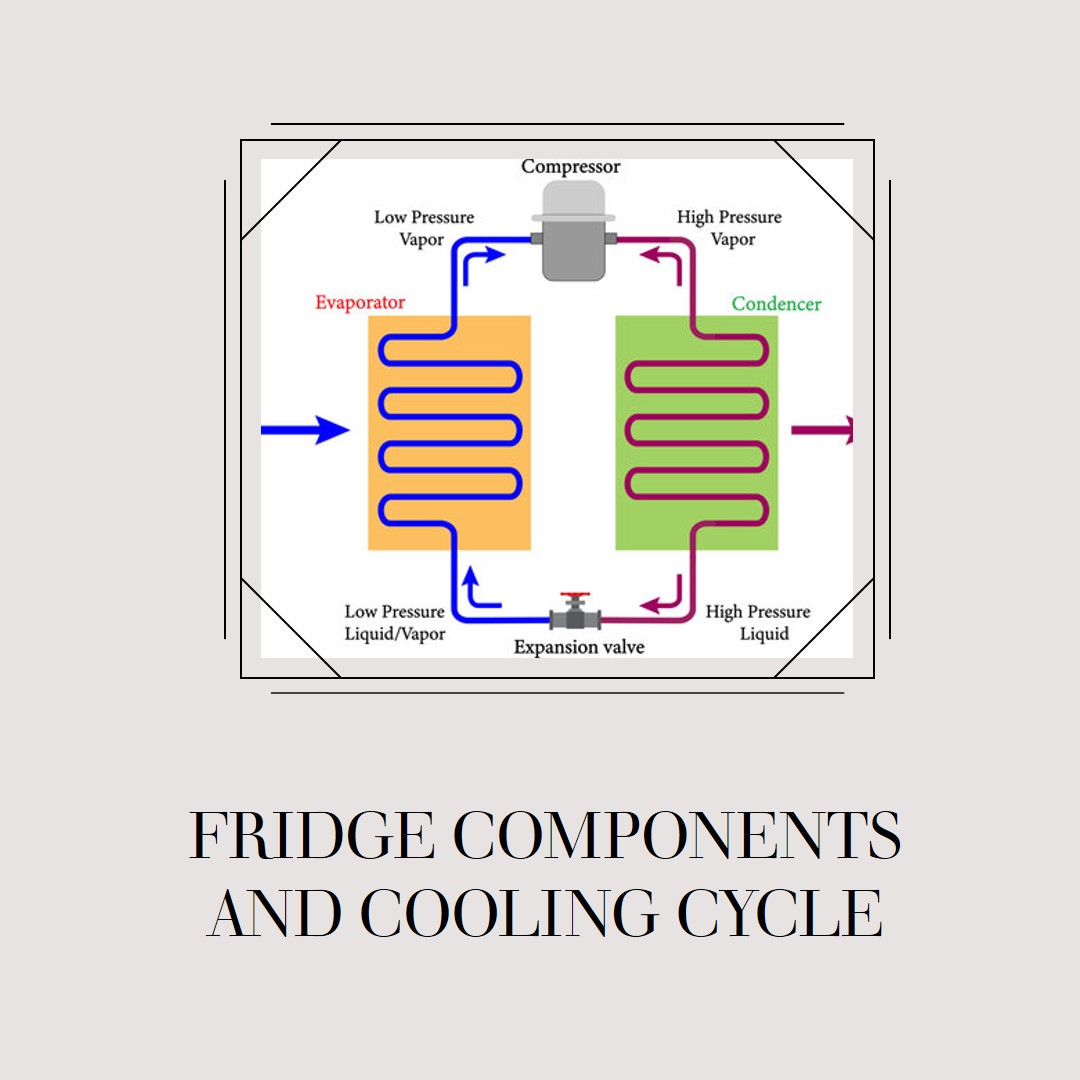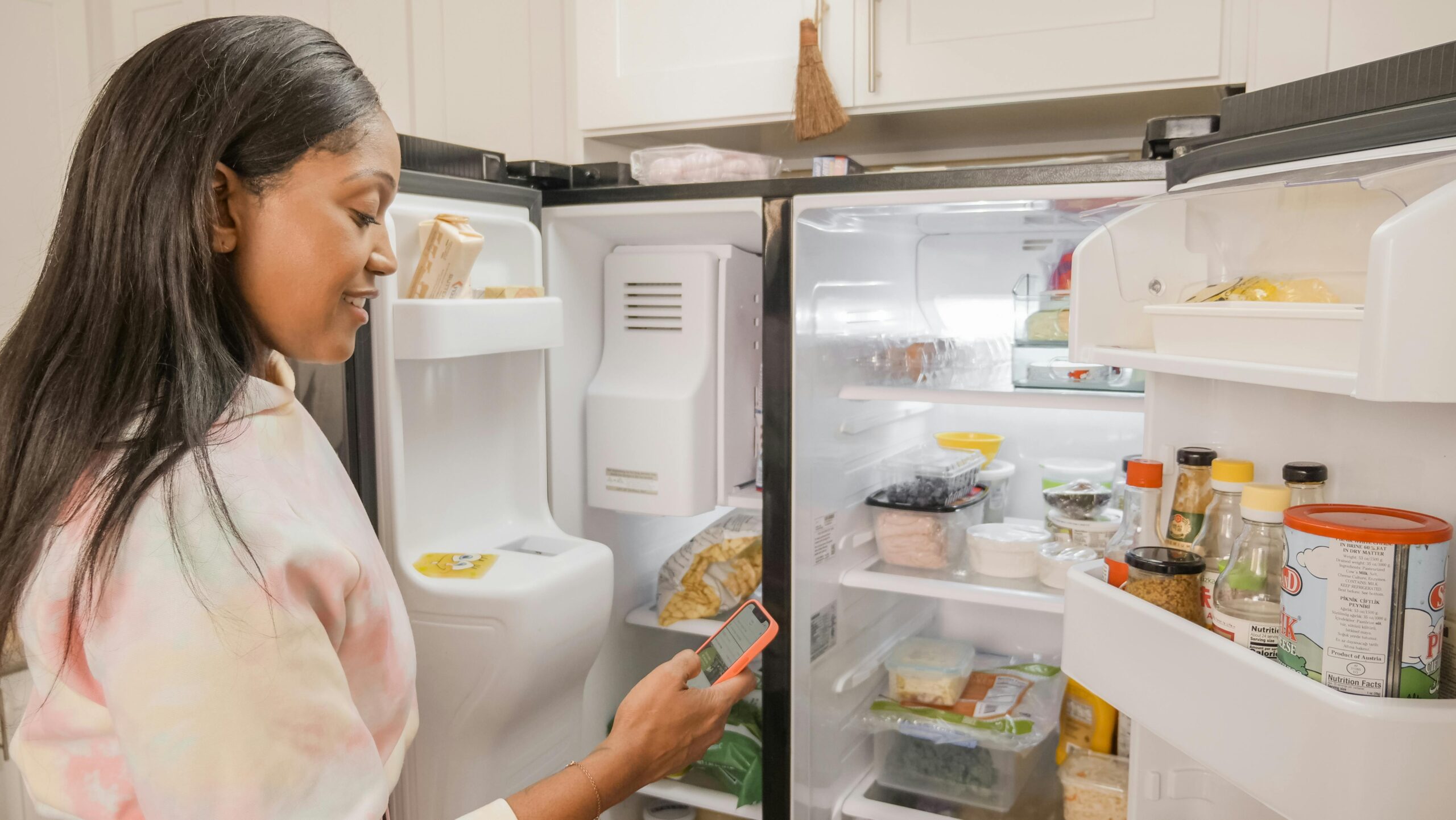Ever wondered how that humming box in your kitchen keeps your food cool and fresh for days? Refrigerators are essential appliances, playing a vital role in food preservation. Understanding how a fridge works can not only satisfy your curiosity but also help you maintain it better and troubleshoot minor issues.
At its core, a fridge doesn’t actually “create” cold. Instead, it acts like a heat pump, tirelessly transferring heat from the inside (where you want it cold) to the outside (where it doesn’t matter as much). This creates a constantly cool environment for your food.
The Cooling Cycle
Several key players work together to achieve this cooling feat:
- Refrigerant: A special liquid that easily changes states between a liquid and a gas.
- Compressor: Acts like a pump, pushing the refrigerant throughout the system.
- Evaporator Coils: Located inside the fridge, these coils hold the refrigerant.
- Condenser Coils: Usually found on the back of the fridge, these coils release heat to the surrounding air.

The magic happens in a continuous cycle
- Cooling Down (Evaporation): Liquid refrigerant enters the evaporator coils. As it absorbs heat from the warm fridge air, it evaporates (turns into gas), similar to how sweat evaporates from your skin, leaving you feeling cooler. This process absorbs heat from the fridge, making it colder.
- Heat Goes Out (Compression): The warmed-up refrigerant gas travels to the compressor. Here, the compressor acts like a pump, squeezing the gas at high pressure. This compression further increases the gas’s temperature.
- Releasing the Heat (Condensation): The hot, high-pressure gas then reaches the condenser coils. These coils are usually located on the back of your fridge and are often warm to the touch. Here, the heat is released to the surrounding air, causing the hot gas to condense back into a liquid refrigerant.
- Ready for Round Two (Expansion): The cooled liquid refrigerant then flows through a narrow tube (expansion valve) which lowers its pressure. This drop in pressure makes the refrigerant even colder.
- Back to the Beginning: The chilled liquid refrigerant arrives back at the evaporator coils, ready to repeat the cycle and keep your food cold.
Additional Points to Consider
- Frost-Free vs. Manual Defrost: Modern refrigerators are typically frost-free, using an automatic defrost cycle to prevent ice buildup on the evaporator coils. Manual defrost models require occasional defrosting by hand.
- Insulation’s Role: Just like a good winter coat keeps you warm, thick insulation in your fridge walls helps trap the cold air inside and prevents warm air from entering.
- Energy Efficiency: Older fridges might be less efficient, meaning they use more energy to maintain the cool temperature. Look for Energy Star certified models when replacing your fridge.
In summary, your fridge relies on a clever closed-loop system with refrigerant to remove heat from the inside and release it to the outside. This continuous cycle keeps your food fresh and prevents spoilage.
